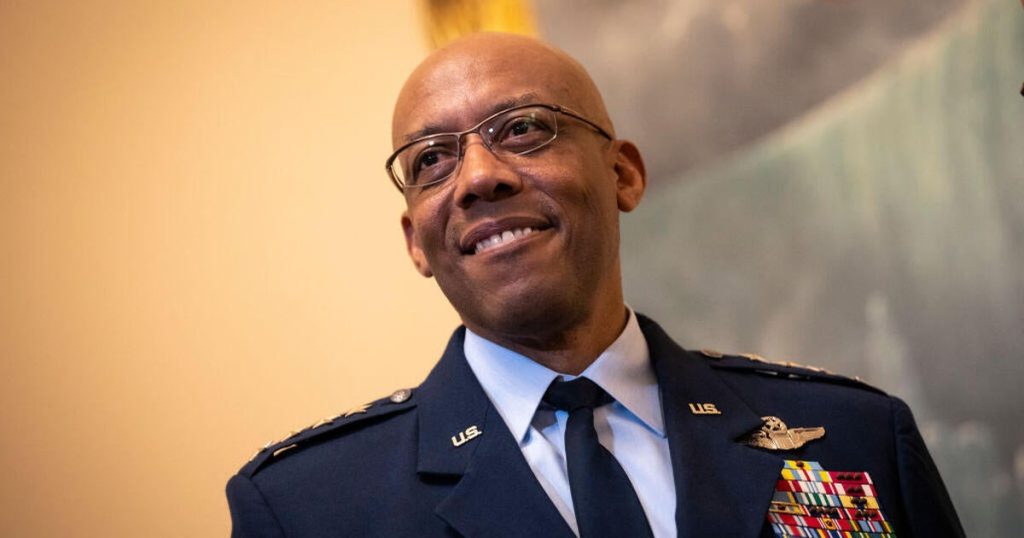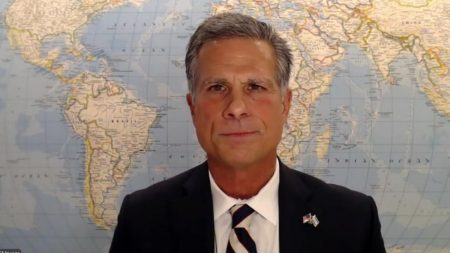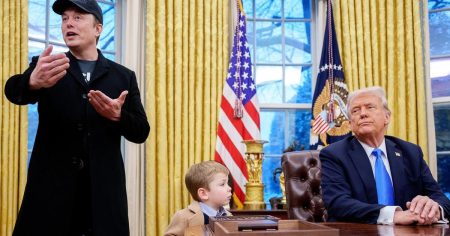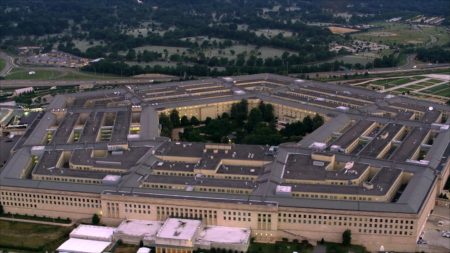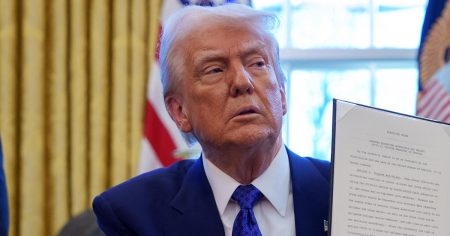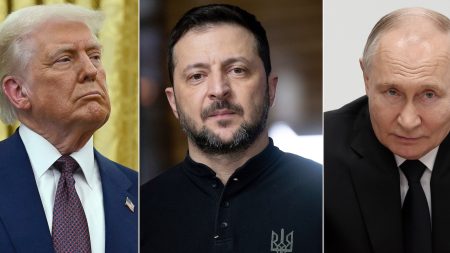President Trump’s Military Leadership Reshuffle: A Strategic Shift with Potential Consequences
In a move that has sent shockwaves through the military community, President Trump has decided to replace several high-ranking officials, including General Charles Q. Brown, the second Black Chairman of the Joint Chiefs of Staff. This decision appears to be part of a broader strategy to align military leadership with his administration’s values, particularly targeting those who champion diversity and equity initiatives.
General Charles Q. Brown’s Dismissal and Its Implications
General Brown, known for his significant role in addressing the conflicts in Ukraine and the Middle East, was abruptly fired despite his historical significance as only the second Black general to hold the position. This move may reflect Trump’s opposition to diversity initiatives, which he has publicly criticized. Brown’s dismissal, despite support from Congress and a recent cordial meeting with the President, underscores Trump’s resolve to reshape the military’s leadership in his image.
The Appointment of Lt. Gen. Dan Caine
Replacing Brown is Lt. Gen. Dan Caine, a three-star general with extensive combat experience. Notably, Caine’s nomination breaks the tradition of selecting a four-star general for the role, which may indicate a strategic shift in leadership priorities. Caine’s background in special operations and his experience at the CIA suggest a potential focus on military tactics over diversity and inclusion, aligning with Trump’s expressed preferences.
Broader Leadership Changes and Their Impact
The reshuffle extends beyond Brown, with the dismissal of Admiral Lisa Franchetti, the first woman to lead the Navy, and other top officials. These changes suggest a concerted effort to reinstall leadership that may prioritize operational experience over diversity and equity. This could impact the military’s culture, potentially affecting recruitment and morale among diverse service members.
Reactions and Implications
The dismissals have sparked concern about the military’s cultural direction and operational strategies. While Caine’s combat experience is notable, his nomination may face scrutiny, particularly given the non-traditional path to the Chairman role. The Senate’s role in confirming his promotion could introduce political challenges, highlighting the potential for broader resistance to these changes.
Conclusion: A Strategic Overhaul with Far-Reaching Effects
President Trump’s decision to reshape military leadership, focusing on those who align with his values, marks a significant shift with potential long-term consequences. The impact on diversity, military effectiveness, and internal morale remains to be seen, but this move is set to be a point of contention in political and military circles alike. As the situation unfolds, expert analysis and public reactions will be crucial in understanding the full scope of these changes.





